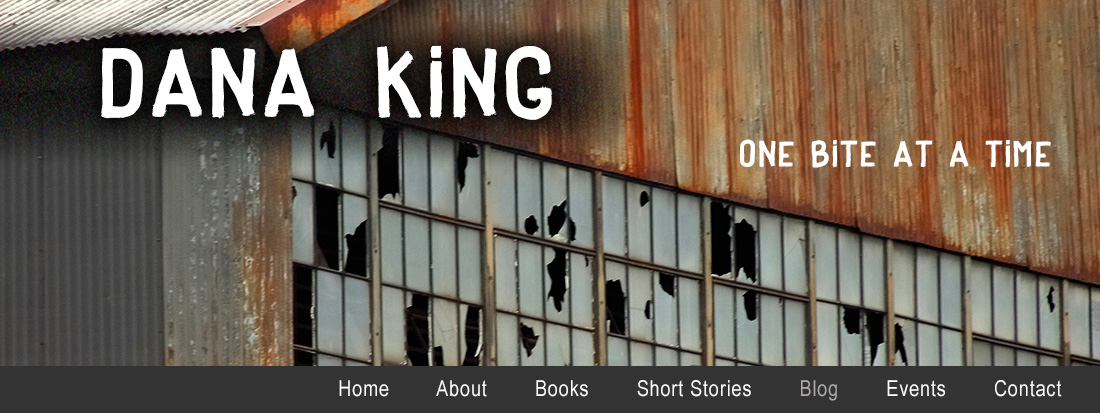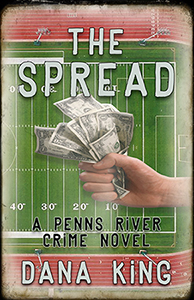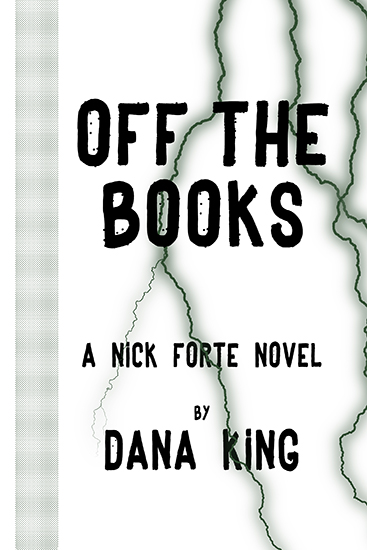Today
OBAAT broadens its horizons with the first post from Beth Kelly. Beth is a blogger
and freelance writer from Chicago. She loves old Western, but has never been
west of the Mississippi. (She hopes to change that soon.) When she’s not
writing, she can be found practicing piano or teaching her cat new magic
tricks. Find her on Twitter @bkelly_88.
 Beth
approached me a couple of weeks ago t ask if I’d be interested in running some
of her pieces on Westerns in the blog. I read some samples and told her to fire
when ready. I’m looking forward to seeing more from her as she gets a little
deeper into what makes Westerns special to her, and maybe provoke a few arguments
lively discussions while we’re at it.
Beth
approached me a couple of weeks ago t ask if I’d be interested in running some
of her pieces on Westerns in the blog. I read some samples and told her to fire
when ready. I’m looking forward to seeing more from her as she gets a little
deeper into what makes Westerns special to her, and maybe provoke a few arguments
lively discussions while we’re at it.
Take it
away, Beth.
The
Western is a tradition as old as American cinema itself. The idea of the
nomadic gunslinger who rides into the frontier town and confronts—or becomes—the local criminal is closely tied to
the classical American values of exploration and individualism. More recently,
filmmakers have broadened their perspective on the genre, and used it as a
backdrop to explore more deeply the themes of racism, violence, community,
women's rights, and many others. This has led to the reestablishment of the
Western as a commercially viable and artistically important art form.
The
concept of Manifest Destiny played heavily into the stories of early Westerns,
and Native Americans were often portrayed as dishonest savages who threatened
the well-being of frontier towns. This is apparent in John Ford's 1939 film Stagecoach, which launched the career of
Western film icon John Wayne and is considered one of the most influential films
of all time. In Stagecoach, the villains are Apache Indians, and Wayne's
character, a fugitive, becomes the hero of the piece when he helps protect a
group of settlers from an Apache attack.
Over
the next two decades, Westerns became a metaphor for the hard working,
individualistic American spirit. The image of John Wayne or Gary Cooper
fighting Indians or outlaws against the backdrop of the sun beating down
against the wide-open plains was a parallel, for many, to the entrepreneurial
attitude needed to survive and succeed in the wide-open free market. In the
1960s, however, film noir began its heavy influence on American cinema, and the
Western was no exception. Noble frontier knights in shining spurs started to be
replaced by opportunistic drifters and hired guns whose primary motivation was
money or simple revenge. These traits are most distinctly highlighted in the
spaghetti Westerns of Italian director Sergio Leone, whose hero, often played
by then-rising star Clint Eastwood, was typically a selfish, amoral drifter who
excelled at killing and subterfuge. Leone's films influenced a slew of
imitators, but by the mid-70s, production of Westerns in general had declined
rapidly, perhaps because audiences felt the genre had been thoroughly explored
and had nothing left to offer.
It
wasn't until 1990's Best Picture winner Dances With Wolves that the Western began to
regain popularity. Based on the book
by Michael Blake, Wolves tells the story of an American army
lieutenant who befriends a tribe of Lakota Indians. The subject matter allowed
for a more introspective and character-driven film, and for a more
comprehensive and sympathetic view of Native Americans than had been seen in
previous Westerns. Only two years later, another Western won the Best Picture
Oscar: Clint Eastwood's unanimously
praised Unforgiven. Heralded as an instant classic, Eastwood's film
explores the themes of heroism, violence, and revenge as they relate to an
aging gunman, played by Eastwood himself. Taken in the abstract, the film can
be viewed as a self-aware examination of the progression of the Western itself
as a genre, or of Eastwood's own career, as the most popular living Western
movie star.
Since
those two landmark movies, the Western has attracted a wealth of talented
filmmakers. Ang Lee's Brokeback Mountain is a story of forbidden
homosexual love. Quentin Tarantino's Django Unchained is about the evils of slavery,
and borrows its titular character from a 1966 spaghetti Western. 2010's True Grit saw a classic John Wayne
Western remade by the Coen Brothers. The most recent buzzed about Western is Slow
West, starring Michael Fassbender. Before the film even had a chance to
premiere at Sundance A24
productions and DirecTV bought the rights to
distribute it. The popularity of the Western may rise and fall, but the beauty
of its landscapes, its window into the soul of American culture, and its
resonance with American film goers will always be universal.




1 comment:
Beth,
Thanks for the refreshing post. I share your love of westerns. For me its always been about the romance of a great western. I also believe it helps to have an appreciation of history in general and American history to be specific. Far and away, my favorite movie and book for that matter, is Lonesome Dove. The cast didn't hurt any but the story by McMurtry was just fantastic. As a side note, I live in the Texas town where the real 'Gus', Oliver Loving, was finally buried. I have a long list of other favorite westerns to be sure. Once again, enjoyed your post. - JW
Post a Comment